Sowing Change, Harvesting Hope
"If the worst came to the worst, at least I could grow a spud."
This week, at The Fiertzeside, we are sharing local artisanal beer, Praxis. I recommend the weiss, but my friends prefer the dunkel and ambar. There’s plenty to eat, and we have space if you’d like to extend your stay by setting up camp overnight.
After hitting the forties (degrees celsius) this weekend, we have the cooler eating option of a feta salad and baguettes. If you like fish, fresh sardines are barbecuing on a repurposed oil drum, but on the veranda, away from the trees. We need to be wary of the fire risk it poses this time of year.
I was bowled over by the enthusiastic response to last week’s launch of The Fiertzeside. I went from nearly pulling the plug on the project to really looking forward to preparing this week’s post. Thank you so much! You have no idea what your support means to me. If this is your first time, please introduce yourself in the comments below, we’d love to know what attracted you to our gathering.
Last week, we journeyed to Todmorden in West Yorkshire, England, the birth place of a revolution. Pam Warhurst, Mary Clear and several of their friends turned their town into a hotspot for vegetable tourists who came, not to see the Victorian architecture, but to witness firsthand how you could turn a decaying town into a vibrant community dedicated to growing and sharing food. If you missed the post, click below. I recommend catching up by watching the TED talk. The following text will make a lot more sense if you do.
This week, we’re going to consider the extent of Incredible Edible’s success and the factors which facilitate or impede the movement.
The success of Incredible Edible Todmorden (IET)
It would be easy for Todmorden’s vegetable beds to grow empty, but they don’t. Fifteen years since that first conversation and you can still sense the excitement and communal love for the project. Residents turn up every week to plant, grow, maintain and harvest the many beds around the town. And unlike the early days of the project, they no longer feel guilty about eating the produce, as this short video of a Gardening Sunday session with Mary Clear demonstrates (you’ll even be taught how to pronounce Todmorden like you’re from Yorkshire).
Gardening Sundays grew from four or five people to the 40 or 50 that come along now.1
Hundreds of related food projects supplement IET’s main work:
A good example is our local market’s annual charity fundraiser pancake day. It’s grown and taken a Todmorden twist recently, with the mosque cooking pakoras alongside pancakes.2
It is easy for the founders to inspire us with their stories of success, and to put a positive spin on what they’ve achieved. However, over the years, a ‘warts-and-all’ picture has emerged. How successful a revolution was it really?
Three spinning plates
IET uses the mantra “if you eat, you’re in” to bring people together to work collectively for the future well-being of their town. The IET model emphasises the importance of personal responsibility and action rather than assistance through external sources. The founders utilise the metaphor of three spinning plates, each representing one of three core areas of volunteer activity: community (growing food), business (supporting local enterprise), and learning (passing on skills).3
While the community plate of propaganda gardening has been the most dominant in the mass media, IET built a visible business brand. This was adopted by local enterprises which now benefit from ‘vegetable tourism’ and buying local. From the outset, the founders and volunteers worked closely with schools, which incorporated food growing and cooking into the curriculum, in addition to hosting local farmers as teachers. They spin the three plates in an effective manner, with some highly positive results:
97% of residents said that they buy more local food today compared to five years earlier
57% of residents had begun to grow their own food following the example of IET
70% of residents believed that the town is better known due to IET
60% of residents think that IET has increased community pride and made the town more attractive to visitors
31% of business owners believe that IET has contributed to an increased number of customers
50% of businesses who include IET point of sale information said that sales had increased (Trivelli, 2013).4
SusFoodNW is an academic research collaboration between several universities which is committed to healthy, socially just and sustainable food systems. It was commissioned by IET in 2017 to undertake the most comprehensive study to date. The research team used the three plates model to structure their analysis, which provides an understanding of the sequence of steps leading to the main long-term outcomes. This was gleaned from a meeting with key stakeholders.
Additionally, they conducted two further surveys, one with the wider community and the second with volunteers. The results support the earlier, 2013 study: they also found that local awareness of Incredible Edible was almost universal, local food consumption had increased markedly over time, and respondents had increased how much local food they purchased. Volunteers, who on average were engaged for 4.5 years, reported a positive relationship between their involvement and improvements in well-being and knowledge.5
Not all respondents, however, were as equally impressed with the change to their town. A perceived division between “incomers” and longer-term residents resulted in resistance to the founders’ new ideas. Some regarded it as elitist with only limited inclusion. The motivations of the leaders were questioned and the higher profile of the town created a pressure to live up to expectations. Another concern was with increased ‘gentrification’ - house price increases reflecting the town’s greater attractiveness and desirability.6
Resistance, as well as support, is something grassroots organisations should expect to encounter. During the course of the newsletter, we’ll see how it isn’t only political forces that can impede change, but also those whose lives are likely to be improved by it.
recognised this tendency in his own town of residence, Vermont. Although extreme flooding has seen his neighbours rally to support each other through the crisis, the town still contains a pocket of intransigence.“And Vermont has its share of problems, some of them rooted in an aging population resistant to progress of any kind - there are times when I think its de facto motto is “Change Anything You Want Once I’m Dead,” which explains among other things the de facto moratorium on building the wind turbines that could help provide us cleaner power.”7
In spite of some negativity toward IET, a cautious social return analysis concluded that for every £1 invested (from volunteer time and small financial contributions), £5.51 was returned to the community. The researchers claimed the success factors outweighed the challenges. Instead, they recommended that divergence and resistance should be perceived as community assets for innovation and creativity.8
Was it really a revolution?
Incredible Edible Todmorden attracted so much attention it went viral and found its own form of tourism - vegetable tourism. You’ll see in the fun video below how the town inspires others to implement action in their own neighbourhoods.
Pam Warhurst went on to become the founder and chair of the Incredible Edible Network (IE), established to support other communities and create a connectedness between them.
The three plates, like lots of our inspiration, came out of a story. We live in communities that are often disconnected. If communities connect together and believe in their potential, people start to do good, kind and loving things in the world around them. At Incredible Edible we believe this starts by agitating three plates. Imagine that you are a plate spinner. There are three plates and if you use your will and passion to spin all three, the energy they create not only puts on a great show but helps everyone who sees think differently about the future.9
More than a thousand towns across the world now use the Incredible Edible brand.
While researchers over the years have fallen firmly on the side of Incredible Edible as a highly successful grassroots organisation, it is possible the full extent of impact has not been entirely measured. There may be outcomes yet to be illuminated. For instance, in the Gardening Sunday session above, one participant commented on the improvement to her mental health.
Compare the following two photographs:

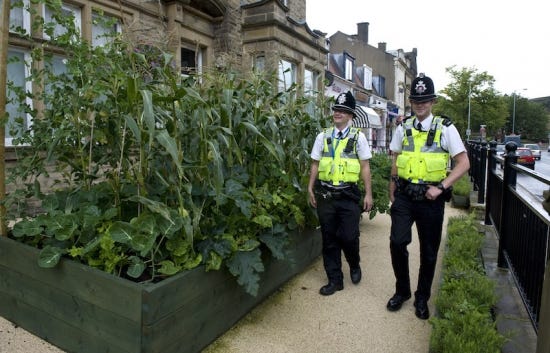
The picture to the left represents the policing of a local football match in Huddersfield, 2012. The town is just 18 miles from Todmorden and I felt scared taking the photo. I would have much preferred taking the one to the right.10 Consider the impact of each on public attitudes toward the police.
Police effectiveness requires the voluntary support and cooperation of most members of the public, most of the time. That support is linked to judgements about the legitimacy of the police which are formed by assessments of the manner in which the police exercise their authority.11 If you were in trouble, or had witnessed something, which of the police in those pictures would you approach?
Unwittingly, IET may have improved the delicate relationship between the public and its most visible of servants. The police station is now at the heart of the community. It’s not only edible, but also hosts a library of crime novels. In fact, there are many spin off features to Incredible Edible:

What factors contribute to the success of IET?
Charisma
Last week
proposed: “After the initial great idea and the challenge of setting it up, you need a leader to keep it going.”Pam Warhurst and Mary Clear are extremely charismatic and energetic people and this factor contributed and continues to contribute greatly to its success.
I once went to a talk by someone who was trying to transition her town and spoke with such a lethargic tone of voice I could barely stay awake, let alone be inspired to try something similar. I don’t think her locale ever did transition.12
Charisma helps. However, the success of a movement isn’t dependent upon it. Other factors are involved. I did volunteer for a while with an Incredible Edible outside of Todmorden. I would find it hard to argue that the leaders were charismatic, but they were committed. They were instead good at fostering interest in the project through utilising an existing event space, regularly turning up, and tapping into the skills of their volunteers.
For continued success, it isn’t just about having someone to tell people what to do, but instilling a sense of ownership in the endeavour. I once saw an adorable video of a very young child carrying his seaside plastic watering-can to school, watering plants on his way. It wasn’t something he was bludgeoned into doing, it was something he wanted to do and saw as important. In fact, he wasn’t so cute when an adult tried to stop him from carrying a can of water all the way across the town.
The Culture of the Town
The movement was launched in a town with a very distinct character, one trait of which is a ‘can-do’ attitude.
[People in] … Todmorden…feel as though they’re on the outside…they’re on the edge of Calderdale, they’re on the edge of Burnley, they’re on the edge of Lancashire, and they do feel as though they’re being sort of squeezed out of all of those areas…so they do feel on the periphery quite a bit. A long way from Halifax, and you know, where the decisions are made…But it does mean they have their own…town council, which is strong. They have their own groups, which are strong, you know, the market traders, and you know, they do stick up for themselves. So the sort of double-edged sword I think it is. (Survey respondent)13
This statement was supported by another participant in the study:
We’ve always had a kind of ‘get on and do it’ attitude…where we’re situated, we’re at the far end of Calderdale, so we get left out or the money seems to only reach certain parts. So we very much sometimes feel that… we’re a bit out on a limb. So that’s why we take advantage of saying, ‘right, well if they won’t do it, we’ll do it ourselves’, which I think is a really good attitude to have. (Survey respondent)14
Additionally, the timing of the first IET meeting coincided with some low level guerrilla gardening.
It just made sense to stick the odd cherry tree on a bit of wasteland where nobody would notice it had just appeared… We’d got fed up waiting for the council to come and fix things, so we just decided we would come and fix them anyway. (Survey respondent)15
Visibility
From the outset, IET created a specific visible brand, and focused initial areas where their propaganda gardening would be seen (they distinguished propaganda gardening from guerrilla gardening as it was deliberately visible rather than ‘where nobody would notice it had just appeared’ ). They saw visibility as a means for getting the community talking about what they were doing. This visibility was well-supported by first the local newspaper, then more extensively across various national and media platforms, including the popular TED talk.
Simplicity
You only need to be able to spin three plates, and even then, that’s an ideal, not a necessity.
“There’s no patent, other than on the little sprout logo. Anyone can be an IE… What we say to people, is we’d love you to embrace the three plates, and that’s important to us…Everybody interprets it in the way that’s right for their community or their setting, or the particular group of people they have who are keen. And so some will be way, way way more dynamic and really organised and…others are very kind of organic…The key is to not be restrictive and prohibitive…to get as many people as we can doing this, in as many places, in as many ways.” (IET stakeholder)16
The simplicity of starting your own Incredible Edible is emphasised on the Incredible Edible Network website. They’ve reduced the process to ten steps and what you need for the three spinning plates can be written on the back of a seed packet.17
Bottom-up action
As mentioned earlier, the success of IET was partly attributable to the distinctive nature of Todmorden town during inception. Other communities differ in culture, and the personality and skills of the protagonists. Todmorden’s initial meeting had 60 attendees, whose particular skills and expertise got them allocated to a specific area of activity. They were organised from the get-go. While the IE Network offers a simplistic model, “the majority view emphasised ‘bottom-up’ approaches and highlighted the importance of IE projects finding their own way, being locally determined and responding to and enhancing local distinctiveness” (Schifferes, 2014).18
Replicability
How easy would it be for you or your community to replicate the Incredible Edible model?
“There are so many things you can do, but ultimately this is about something really simple. Through an organic process, through an increasing recognition of the power of small actions we are starting at last to believe in ourselves again, and to believe in our capacity each and every one of us to build a different and kinder future.” (Pam Warhurst, TED talk, 2013)
Could this work in your neighbourhood?
Theoretically, yes! There are a number of excellent examples of Incredible Edible towns outside of Todmorden.
However, one reason for the success of IET was the fact it was a pioneer, the town which did things differently. In creating its own distinct brand and identity, it became the flag post for others. No other town would gain the same level of media attention that Todmorden did. No other IE founder will gain a CBE like Pam Warhurst did. No other initiative has the zeitgeist of 2008 to gather momentum from. Each locale has its own set of problems, history and identity.
That doesn’t mean it wouldn’t work. You know your own neighbourhood best. A bottom-up, grassroots, people-powered level of action that’s a good fit for your locale is likely to experience a similar level of success. However, a lack of sensitivity to the particular identity and culture of where you live could achieve the opposite. For instance, it would be futile for me, an ‘estrangeira’, to try to persuade my neighbours to use vacant land to grow food. They already grow food, they have for generations, and do so in a particular way. They already share their surplus. However, the practice isn’t kind to soil, biodiversity nor personal health. I can, instead, demonstrate how an edible ecosystem can evolve without the use of the plough or chemical assistance.
But, if you feel it’s something that could work in your town, have that ‘can do’ attitude, and don’t wait around for approval nor permission, you may find yourself a part of the revolution they started!
Take Away!
If someone suggested to you that we should really do something, no-one else is going to do it, how might you now respond? What have you taken away from this story of an incredible town?
For me it was this recommendation:
whilst being mindful of the potential negative impacts resulting from conflict, recognise that divergence, tension and resistance can be positive assets for community action, through kindling innovation and creativity.19
Negativity is a problem with a creative solution. I like this as it relates to an appealing permaculture principle: the problem is the solution. Problem: flooding in winter and drought in summer. Solution: creative seasonal water capture.
Drop your own take away in the comments. It may be a simple as learning to grow your own spud.
Embers
Given the stated importance of leadership, not just to start, but to maintain a movement, I was happy to discover
’s recent TEDx talk on micro leadership in which he envisions leadership as a series of small inclusive acts. Under this model, you don’t need super skills, a title, charisma nor qualifications.“Don’t wait for permission. Step up and serve others and do it again and again.”
What a great recipe for leadership!
And here’s his Substack, “Impact Anywhere”:
Up Next
Growing food in Yorkshire is all well and good, but you couldn’t do something like that in the desert.
Could you?
Let’s find out!
Next week, we’ll travel to Jordan, where a small experiment was set up with a very unexpected and surprising result.
https://www.incredible-edible-todmorden.co.uk/about/history/ Date Accessed 07/08/2023
ibid.
Incredible Edible Todmorden https://www.incredible-edible-todmorden.co.uk. Date accessed: 05/08/2023 and Incredible Edible Network https://www.incredibleedible.org.uk Date accessed 05/08/2023
Trivelli, L. (2013) cited in Morley, A., Farrier, A., & Doors, M. (2017) Propagating Success? The Incredible Edible Model Final Report.
Morley, A., Farrier, A., & Dooris, M. (2017) Propagating Success? The Incredible Edible Model Final Report. Date accessed 03/08/2023
ibid.
Morley, A., Farrier, A., & Dooris, M. (2017) op. cit
https://www.incredibleedible.org.uk/what-we-do/ Date accessed 03/08/2023
Photo source: https://www.landscapeinstitute.org/news/Incredible-Edible-Todmorden-shares-its-knowledge/. Date accessed 04/08/2023
Tyler, T. R. (2004). Enhancing Police Legitimacy. The Annals of the American Academy of Political and Social Science, 593, 84–99. http://www.jstor.org/stable/4127668. Date accessed 03/08/2023
By transition, I mean to implement the Transition Town model in her own town. I will dedicate a short series to the Transition Towns movement later. https://transitionnetwork.org/about-the-movement/what-is-transition/ Date accessed: 05/08/2023
Morely, A., Farrier, A. & Dooris, M. op. cit.
ibid.
ibid.
ibid.
https://www.incredibleedible.org.uk/wp-content/uploads/2018/12/IE_10Steps.pdf and https://www.incredibleedible.org.uk/news/pams-back-of-a-seed-packet-guide-to-spinning-the-community-plate/ links to the back of a seed packet guide to spinning the business and learning plates available on the latter page. Date accessed 04/08/2023.
Schifferes, 2014, cited in Morley, A., Farrier, A. & Dooris, M. op. cit.
Morley, A., Farrier, A. & Dooris, M. op. cit.




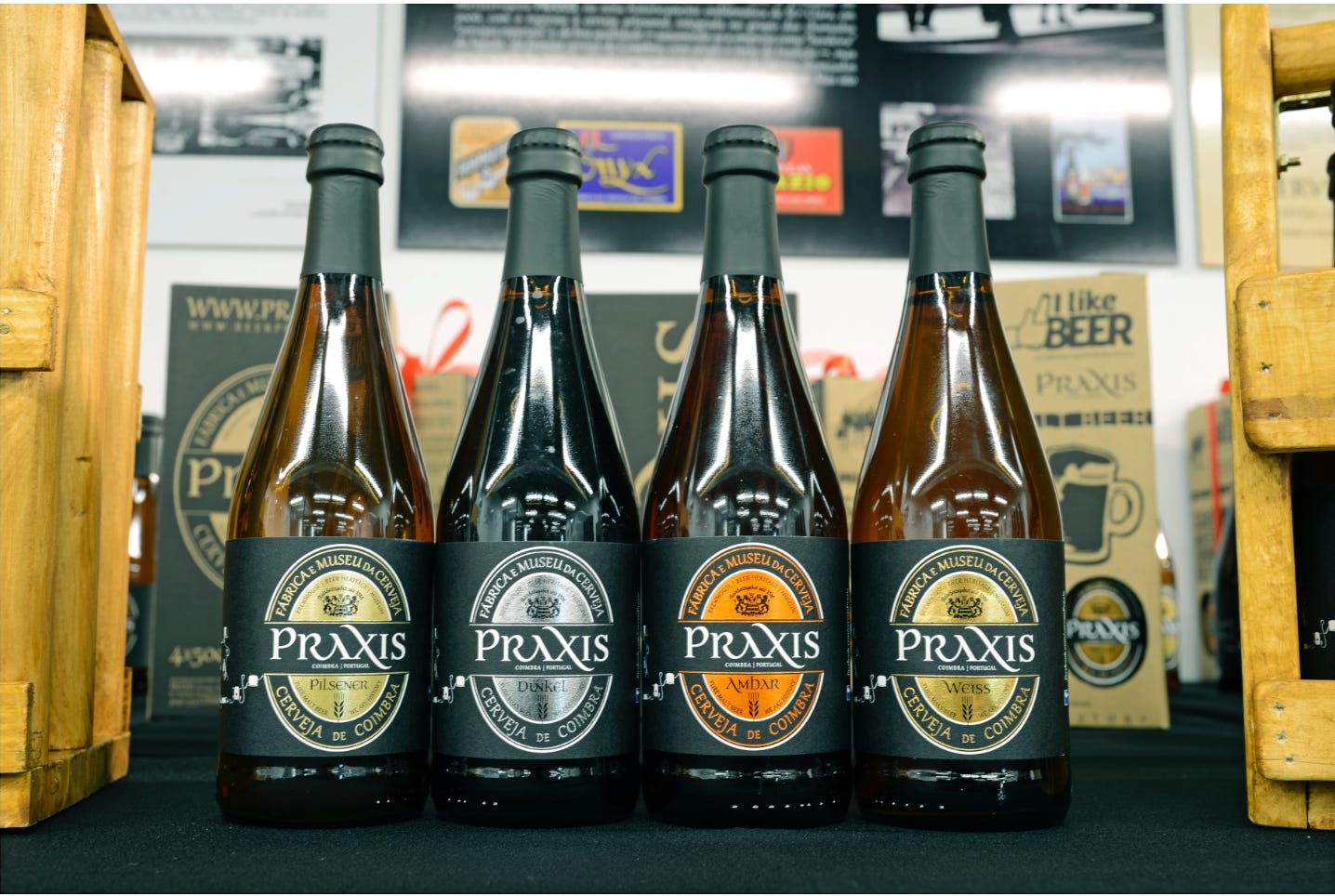
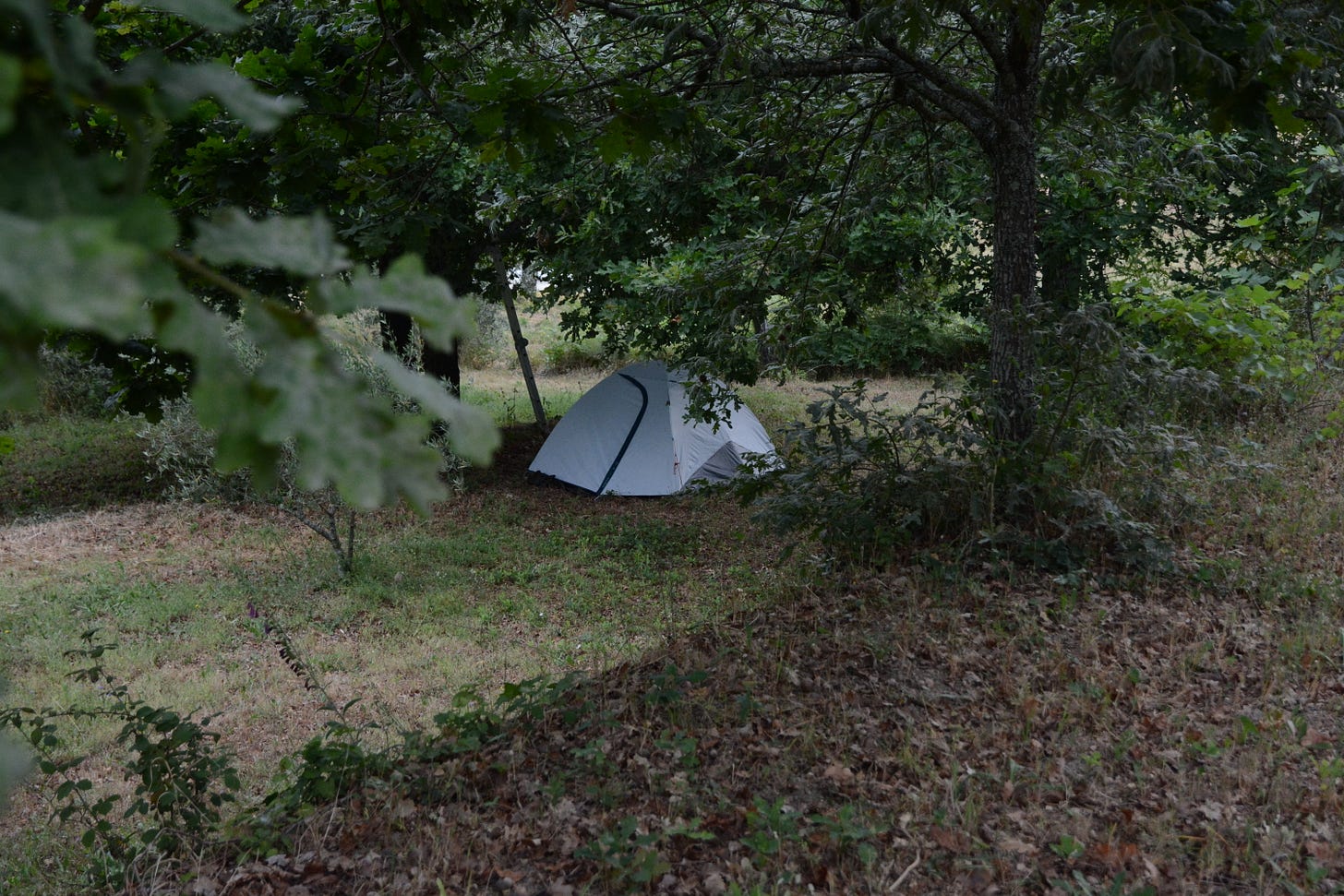

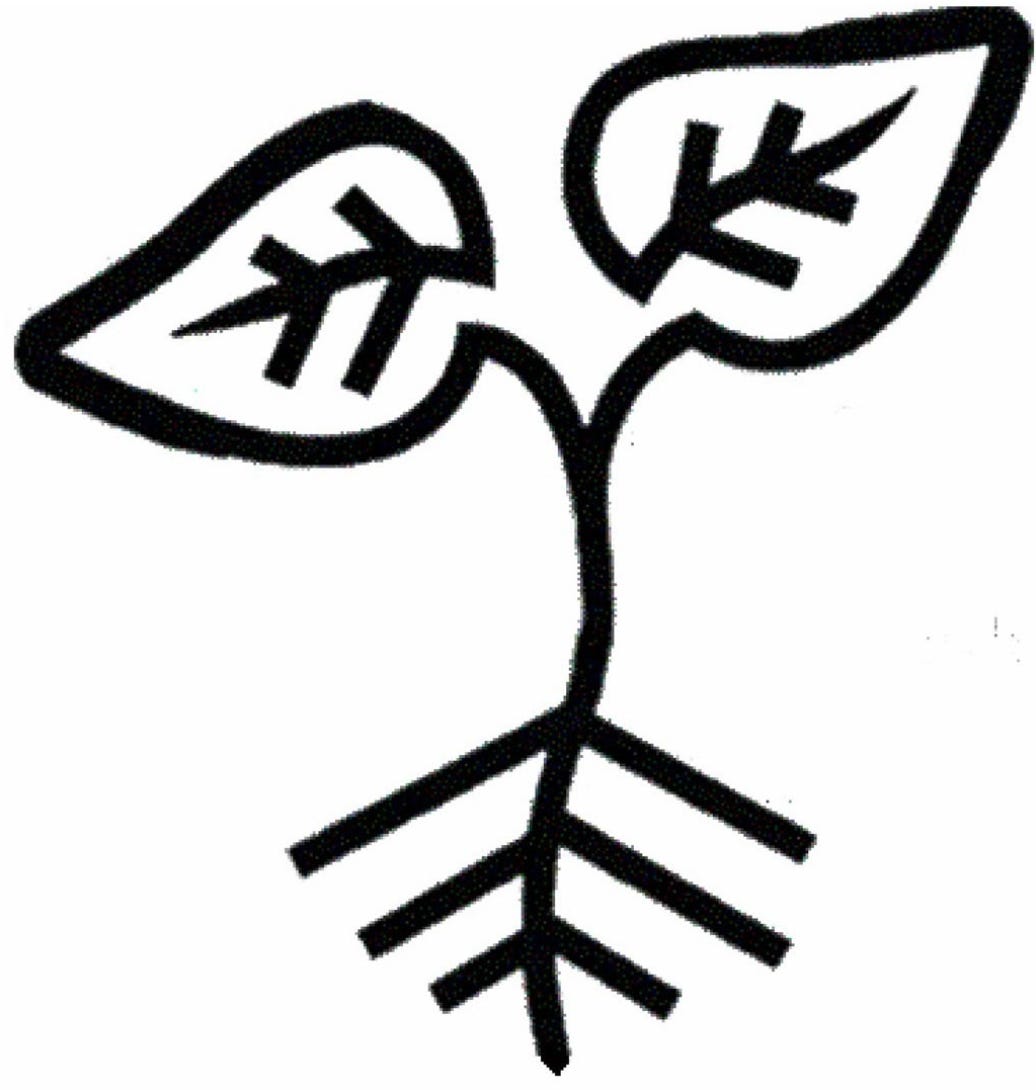

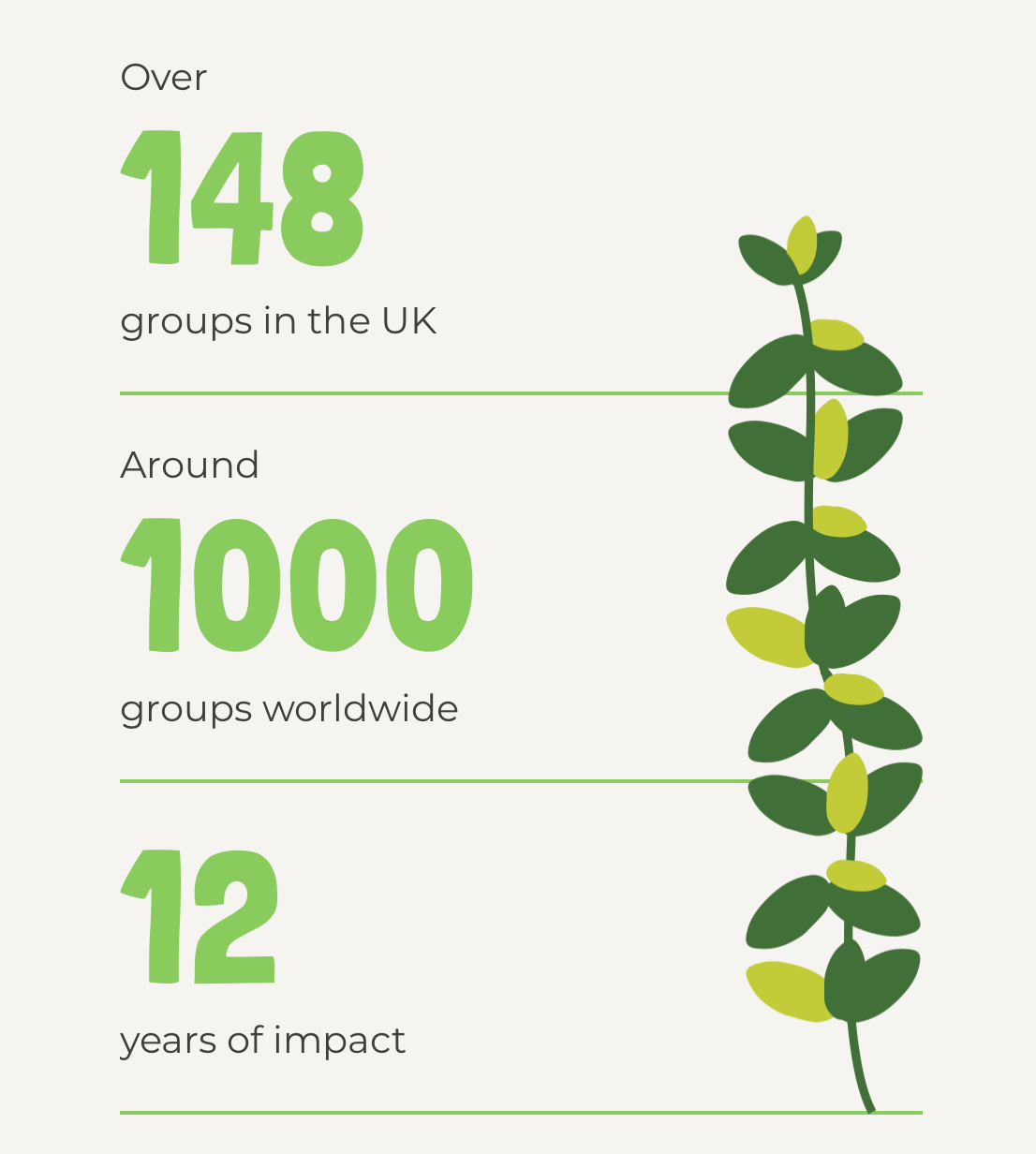




Thank you so much for sharing! I'm honored and delighted that the TEDx talk resonated with you. Thanks for your own changemaker leadership, Safar!